
Unlocking Creativity: Writing Your Novel with AI Assistance From ChatGPT

Unlocking Creativity: Writing Your Novel with AI Assistance From ChatGPT
Key Takeaways
- Writing with ChatGPT as a tool helps plot and create believable characters, but falls short on creativity.
- Combining The Hero’s Journey and a step sheet helps outline chapters for a cohesive novel structure.
- Dialogue crafting with GPT enhances exchanges, providing fluidity and coherence in character interactions.
Most people get into writing because they have the dream that they’re the creator of the next Great American Novel. I admit I’m one of those people. What happens when two of your hobbies, artificial intelligence tinkering and writing, overlap? You try to write a book using ChatGPT to help you, of course!
In the past, I’ve written a book or two , usually serialized as fiction on one social media platform or another. My folder of drafts on my cloud drive says that I have more ideas than time to finish them all. However, in this case, I have a plan, and I intend to follow through on it. The plan is thus:
- I want to write a complete novel (minimum 60,000 - 90,000 words)
- I want to have a completed first draft in ten weeks
This works out to writing around 10,000 words a week of fiction - not, by any stretch of the imagination, a simple task. But for me, that’s quite doable. I can average around 2000 words of fiction in an hour’s time (I type really quickly). The problem I have is with plot, continuity, and character development. So, I’ve decided to use GPT to help me complete my draft in 10 weeks. What better way to utilize an AI bot that has a history of thinking fiction is real ?
Step Sheets or How To Plot a Novel
Writers who don’t get their ideas directly from ethereal beings are divided into two categories :
- Plotters: These have a plot outline, characters, and locations, so they can keep track of the story
- Pantsers: These write by the seat of their pants and go where their intuition takes them
For much of my early life as a writer, I was a Pantser, but I realized that being a Plotter is much better for seeing the end of a novel. Yet, even as a plotter, you have to make certain decisions about your plotting methodology. There are more than a handful of methods of plotting a good novel, and I settled on something called The Hero’s Journey , a plotting methodology that reflects mythology.

Combining The Hero’s Journey with something called a “step sheet” or “beat sheet,” I can outline chapters and then fill them in. In the interest of avoiding spoilers (I actually want people reading my novel, after all), I’ll skip the broad brush structure that GPT gave me for this novel plot. Instead, I’ll give a glimpse of the first chapter’s step-sheet:
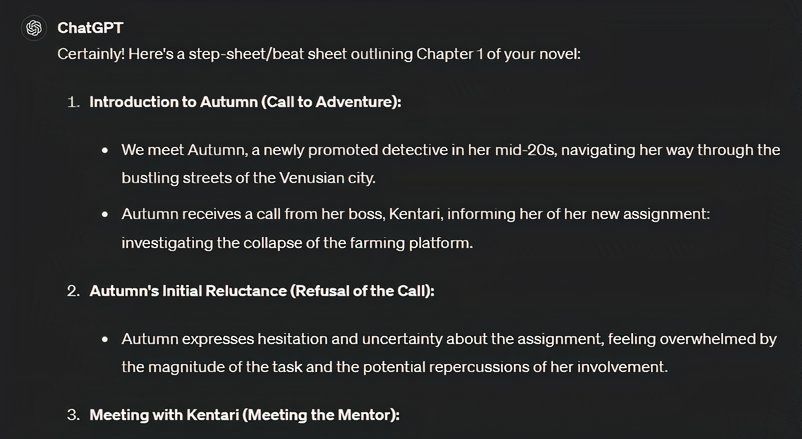
Everything looks good so far!
Character Plotting: Breathing Life into Protagonists and Antagonists
In writing, there are several types of characters . Protagonists are the main characters or the ones the story follows. In my case, my protagonist is a young female detective who’s just gotten a chance to prove herself. Antagonists are the people the protagonist is pitted against. In this case, I have one major antagonist (who I won’t mention just yet) and a few supporting characters that could fall on either side of the conflict. However, when creating complex characters like these, I typically need a character outline. What better way to design a new character than asking GPT?
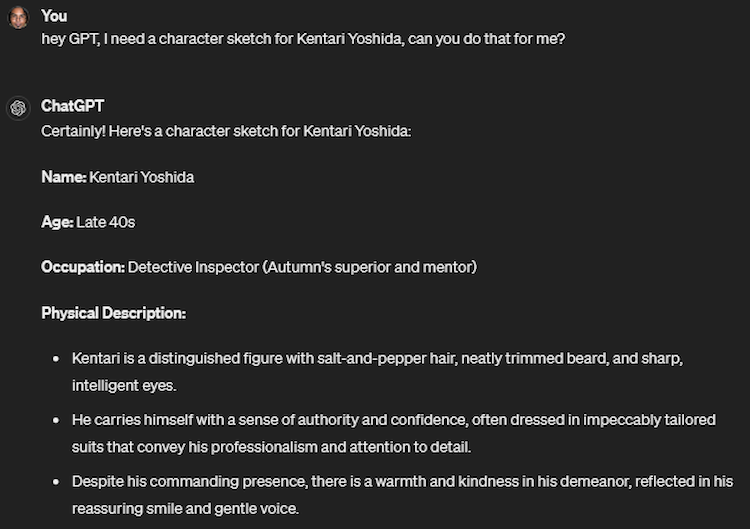
Character sketches can get complicated, and this one gives me a rundown on several character traits, including:
- Physical Description
- Tone of Voice
- Speech Pattern
- Motivation
- Relationship with other Characters
And a lot more! However, these are necessary since I’m going to ask GPT to role-play as these characters, and GPT needs those things to figure out how those characters would think and act. However, before GPT gets to role-play, we have to build the world in which the story is set.
Introducing Venus In The Near-Future
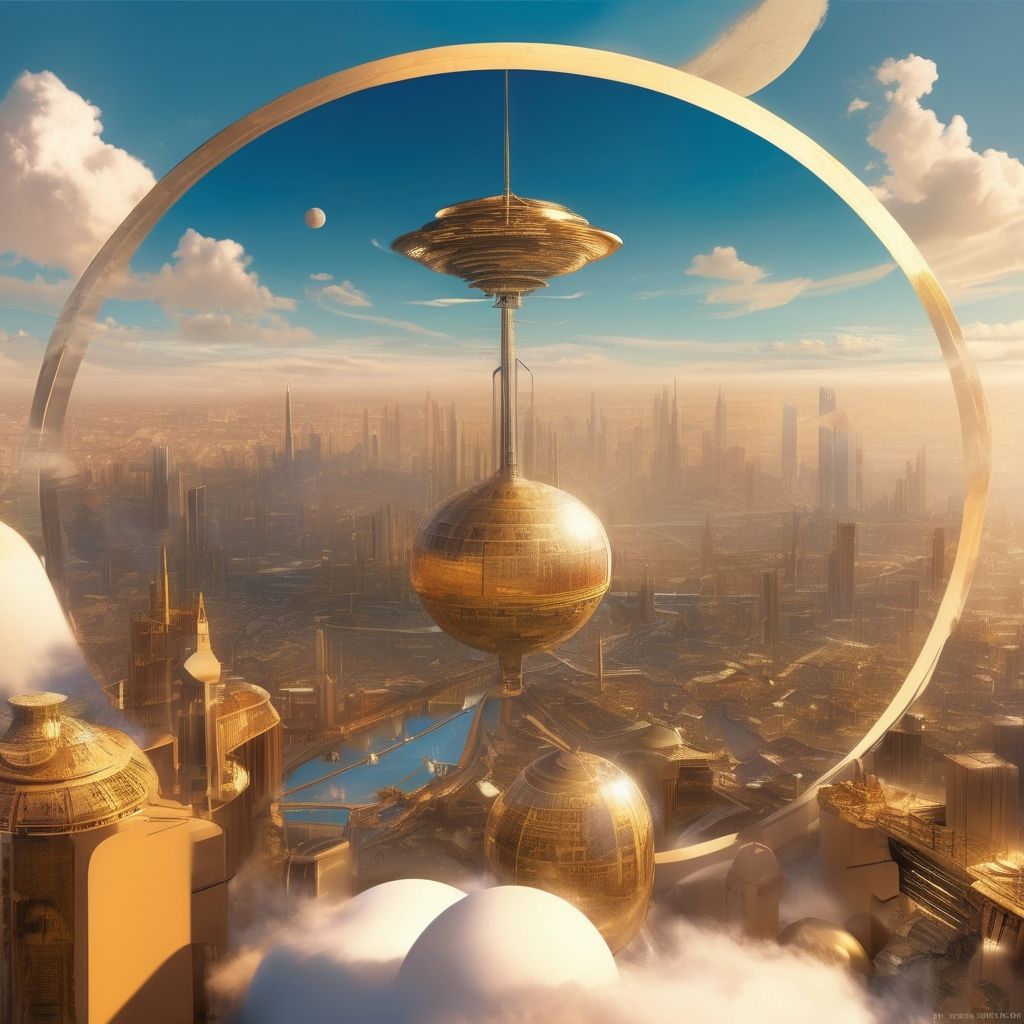
Jason Dookeran/How-To Geek/Leonardo AI
I generated the image above using a description provided by ChatGPT. Immediately, readers will realize that I’m writing a Sci-Fi novel. I’ve actually used GPT to generate things like background pictures and pictures of my protagonist and supporting characters, as well.
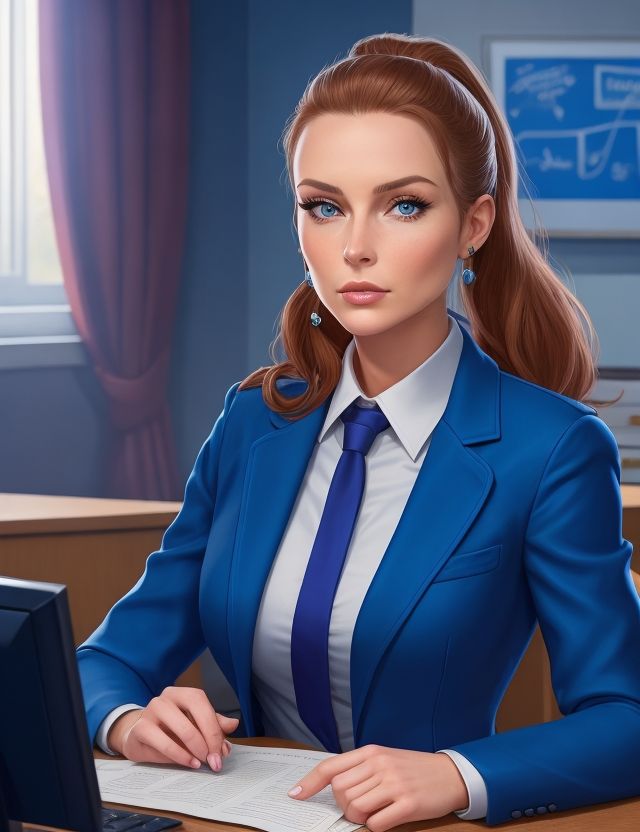
Jason Dookeran/How-To Geek/Leonardo AI
Autumn Leclair - Protagonist of my Story
I’m not planning on including these in my final book, but since I’m posting a chapter a week on a free Patreon for people who are interested in keeping up with it, I’m using these as visual cues for my readers to have an idea of the places and people that I’m writing about.
That said, GPT is amazing at coming up with factions, interactions, and creating a believable world for these people to exist in. For example:
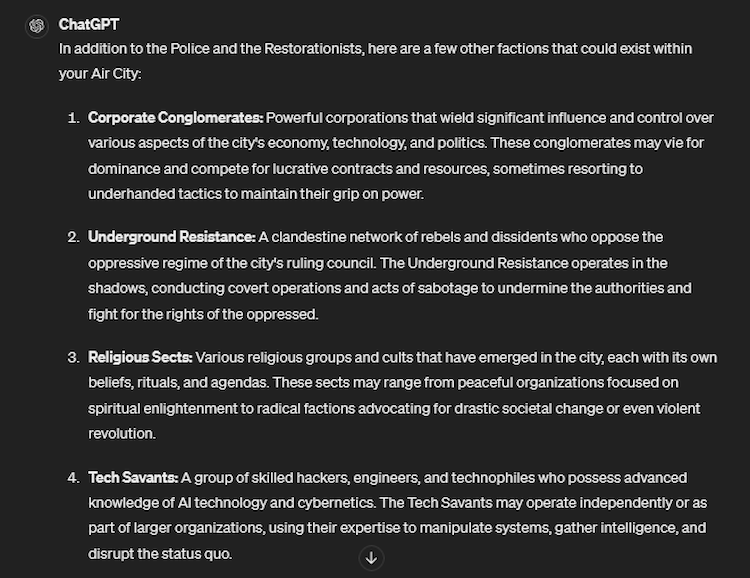
Dialogue Crafting: Bringing Characters to Life
One of the make-or-break elements of a novel is its dialogue. In the past, people have used GPT topractice languages conversationally , and this is just taking that to a new level. I’ve used ChatGPT to help me enhance that as well. For example, this is what one of the dialogue exchanges in my early chapters looks like:

I achieved this by asking GPT to role-play Autumn, and then taking the persona of Yoshida, as I understood him, to do the other side of the exchange. It seems like a very simple exchange, but it’s fluid and there are no strange segues or tangents that might have otherwise affected my work. I’m quite happy with how this turned out.
Throughout the novel, I use GPT to help me come up with dialogue that’s not only believable but fits the persona of the character. It’s much easier talking to “someone” else than trying to come up with both sides of dialogue for a scene.
It’s a Good Helper, But It’s Terrible At Writing
ChatGPT is one of the best writing assistants I’ve ever had. It remembers things I forget, and it reminds me when things are not the way they should be. However, I and every other writer on the planet have something it doesn’t - creativity. As an AI assistant, it can help me come up with ideas, plot factions, characters and even the whole novel. But it’s rubbish at writing.
I asked it to pen a chapter for me, and it was painful to read. It had no idea about pacing, rushing through as much of the plot as it could get through in one chapter. It’s great at efficiency. It’s not so great with creativity. It might be able to give you a generic short story, but the longer the text, the more confused it gets - as if it needs its own AI assistant to help keep it straight.
All things considered, ChatGPT can speed up my writing because I have to spend less time plotting. So far I’ve completed nine chapters (around 32,000 words) of this novel and I intend to hit that 10-week window. For those that are interested in reading the work, you can check it out here (its free and chapters are released every Wednesday). You can judge for yourself whether ChatGPT is as good at plotting and narrative structure as a human. I think it’s good for plotting, but writing remains the realm of the wordsmith.
Also read:
- [New] 2024 Approved Essential 20 Open Source Montage of PUBG Scenes
- [New] Premium Drones, Best Deals Today
- [New] The Easy Fix for a Desired List Directionality
- [Updated] The Art of Crafting Engaging IGTV Titles for 2024
- Comprehensive Analysis of Asus ROG GT-AC5300: The Perfect Blend for Gamers & Tech Aficionados
- Expert Pick Prime Drone Gimbals
- Extollo LANSocket 1500 - Unmatched High-Speed Networking with Low Delay & Power Throughput Capabilities
- Green Screen Mastery on YouTube - Ideas Unleashed for 2024
- In 2024, Heres Everything You Should Know About Pokemon Stops in Detail On Apple iPhone 6 Plus | Dr.fone
- In 2024, How to Transfer Contacts from Vivo Y100 5G to Other Android Devices Using Bluetooth? | Dr.fone
- In 2024, Pinnacle 10 Gimbal Models Enhancing Smartphone and DSLR Shots
- In-Depth Analysis: The Mighty Samsung Galaxy Tab S5e Unveiled
- Is It Time to Upgrade? A Comprehensive Review of Galaxy S10+ and Its Successor, the S20
- Navigating Through Clouds and Controllers: A Critical Look at Microsoft's Best Flight Simulator, FSX Gold Edition
- Steam Deck Game Guide: Top 10 Titles You Can't Miss
- The Ultimate Guide to Profiting From Your Blog via BuySellAds.com Advertising Solutions
- Top Picks: A Thorough Evaluation of the 202 2020 Apple MacBook Air's Cutting-Edge M1 Chip Performance
- Unleashing Adventure and Strategy: An Insider Review of Yakuza: Like A Dragon, A Compelling RPG Quest
- Updated In 2024, Video Editing Made Simple Microsoft Video Editor for Windows 10, 8, and 7 Users
- Title: Unlocking Creativity: Writing Your Novel with AI Assistance From ChatGPT
- Author: Scott
- Created at : 2024-12-04 07:34:23
- Updated at : 2024-12-10 16:46:53
- Link: https://buynow-info.techidaily.com/unlocking-creativity-writing-your-novel-with-ai-assistance-from-chatgpt/
- License: This work is licensed under CC BY-NC-SA 4.0.